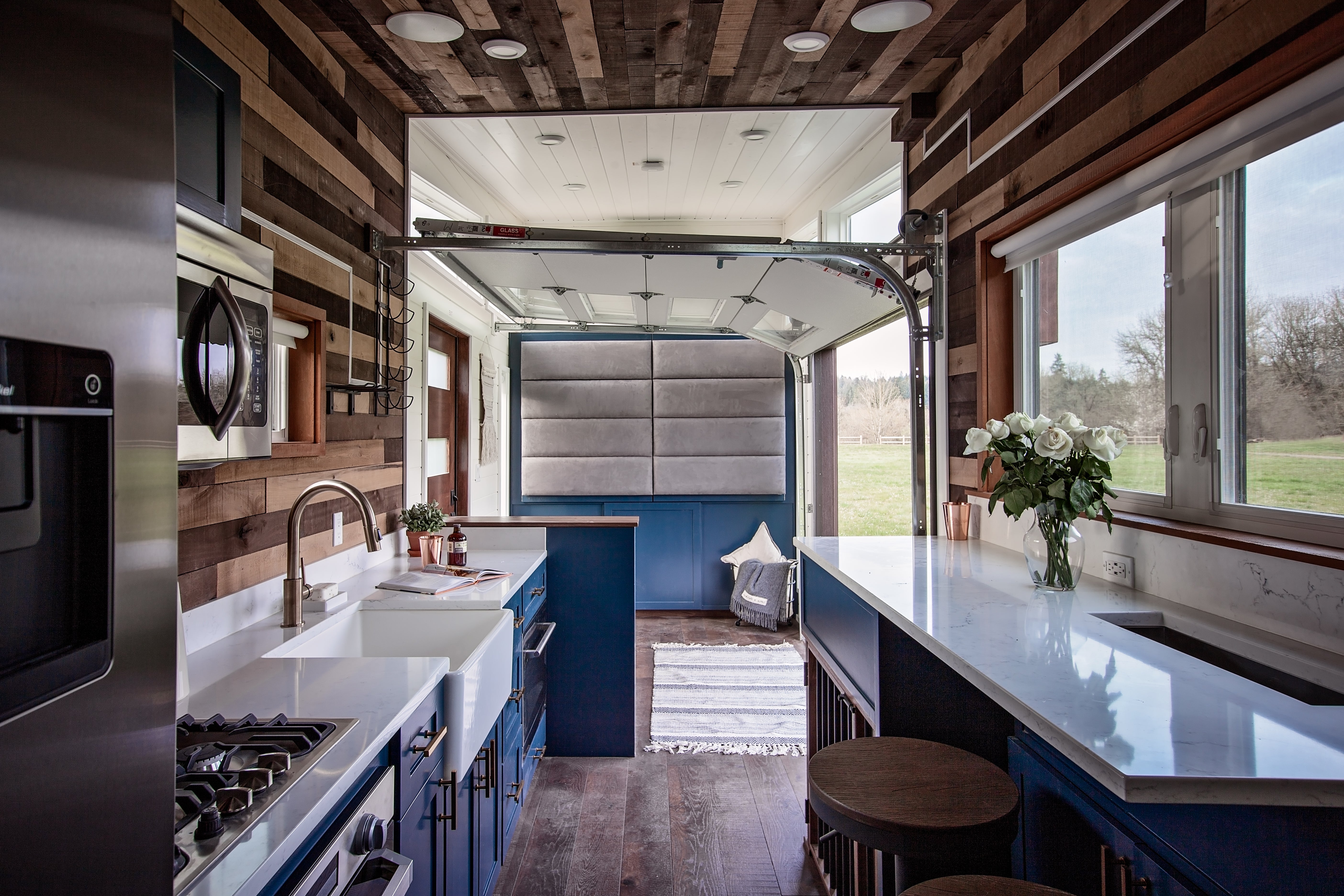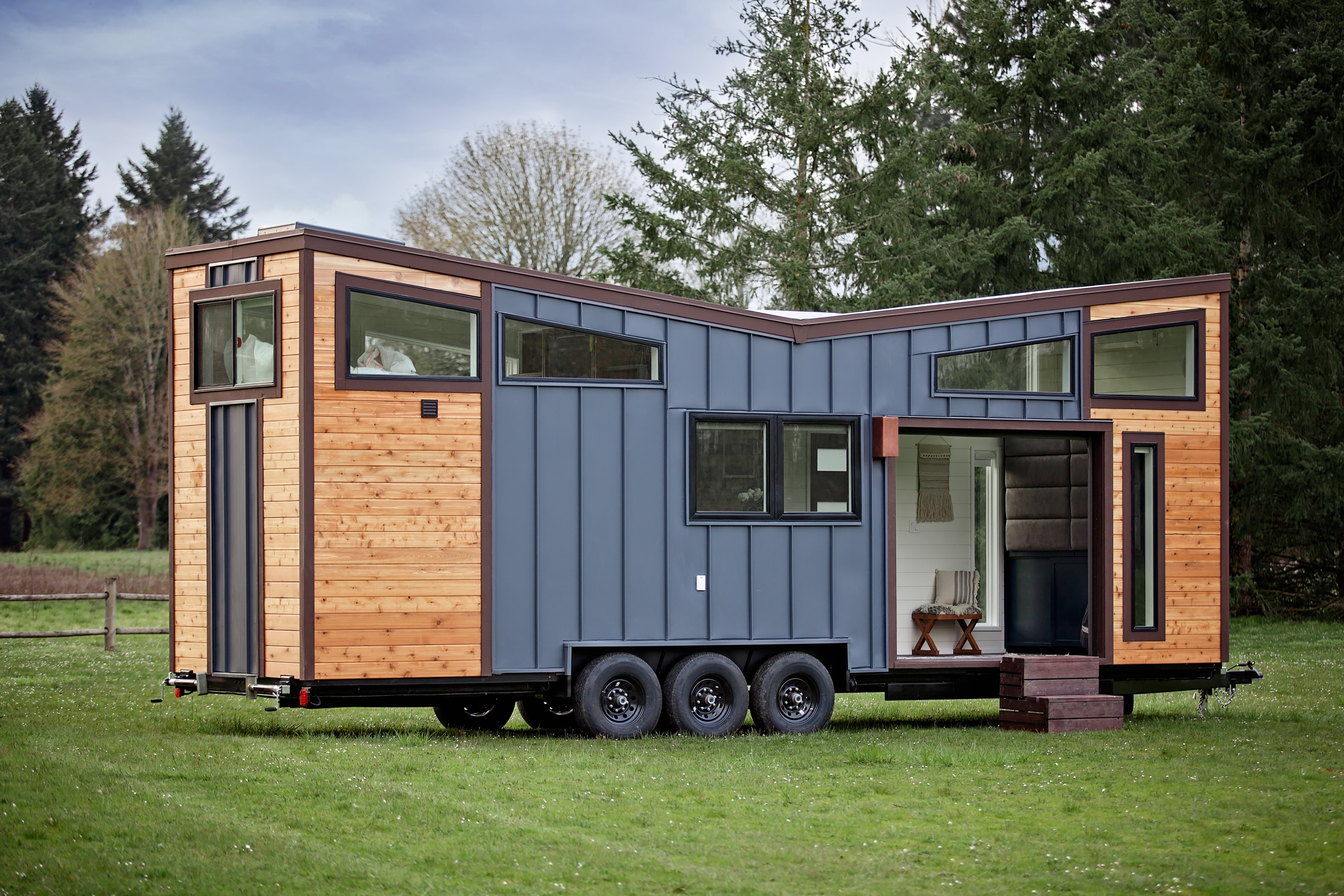History and Origin
Yurts and geodesic domes both have fascinating histories that take us back through time and across continents. Yurts, originating from the nomadic tribes of Central Asia, have been used for thousands of years. These portable, circular shelters allowed Mongolian herders to follow their livestock across the vast steppes, offering adaptability to harsh climates. Their design, passed down through generations, reflects a deep understanding of the environment and the needs of a mobile lifestyle.
Geodesic domes, in contrast, have a more contemporary origin. Developed by the visionary architect Buckminster Fuller in the mid-20th century, these structures embody innovation. Fuller's work was driven by a desire to create efficient, sustainable housing solutions. The design of geodesic domes maximizes strength while minimizing materials, an idea that resonated during a time of burgeoning environmental awareness. Their lightweight form and energy efficiency found applications beyond just housing, influencing architecture, science, and art.
Design and Structure
While the histories of yurts and geodesic domes reveal their cultural significance, their design and structure showcase the ingenuity behind each shelter. Yurts, traditional to Central Asia, feature a circular shape that's both practical and efficient. The basic structure includes a wooden frame of lattice walls, a central compression ring, and rafters. This circular design allows for even distribution of weight, making it resistant to harsh weather. The dome-like roof not only provides stability but also maximizes interior space without requiring internal supports.
In contrast, geodesic domes, popularized by architect Buckminster Fuller, represent a modern approach to shelter design. These structures utilize a network of triangles that distribute stress evenly across the entire structure. The result is a strong, lightweight dome that covers a large area with minimal materials. Geodesic domes are particularly efficient regarding energy use, as their shape allows for even heat distribution and reduced surface area, minimizing heat loss.
Both designs demonstrate an understanding of environmental conditions and human needs. By examining these structures, we can appreciate how traditional and modern engineering solutions blend aesthetics with functionality, offering unique perspectives on creating efficient, resilient living spaces.
.jpeg)
Materials and Construction
In exploring the materials and construction of these unique shelters, we find fascinating contrasts and similarities. Yurts, with their deep roots in Central Asian nomadic cultures, rely on a simple yet effective framework of wooden poles and felt coverings. This traditional choice of materials makes yurts lightweight, portable, and easy to assemble without any nails or screws. The felt, often made from sheep's wool, provides excellent insulation and durability, essential for the harsh climates where yurts originated.
Geodesic domes, conversely, showcase modern ingenuity, using materials like steel, aluminum, or PVC for their triangular framework. These materials contribute to the dome's strength and ability to withstand severe weather conditions. The geometric design evenly distributes stress, allowing for larger structures with minimal material usage. Coverings for geodesic domes can range from glass to polycarbonate, offering flexibility regarding transparency and insulation.
Both structures prioritize efficiency and practicality, but they differ in their aesthetic and technological approaches. While yurts utilize natural materials and traditional methods, geodesic domes represent an innovative, futuristic vision. Together, they demonstrate diverse solutions in adapting to different environments and needs.
Environmental Benefits
As we move from construction techniques to their ecological impact, both yurts and geodesic domes offer compelling environmental benefits. These structures stand out for their sustainable design and efficient use of resources. Yurts, with their traditional circular form, often use natural materials like wood and canvas, minimizing the carbon footprint. Their design allows for easy ventilation, reducing the need for energy-intensive heating or cooling.
Geodesic domes, in contrast, boast a unique geometry that distributes stress evenly, requiring fewer materials for construction. This efficiency translates to less waste and reduced resource consumption. Their shape also maximizes natural light and airflow, further decreasing reliance on artificial systems.

Both types of structures can be built with renewable materials and often incorporate features like rainwater collection or solar panels. This adaptability to green technologies makes them excellent examples of eco-friendly architecture. By choosing these structures, we can considerably reduce our environmental impact, promoting a more sustainable way of living.
In embracing yurts and geodesic domes, we're not only choosing innovative housing but also supporting a movement towards a healthier planet. Let's continue to explore these practical alternatives as part of our sustainable future.
Cost and Affordability
Yurts and geodesic domes offer an intriguing combination of affordability and innovation that appeals to budget-conscious individuals and eco-enthusiasts alike. These structures provide a cost-effective alternative to traditional housing, with their simple materials and efficient designs. We often find that yurts, traditionally constructed from wooden frames and fabric covers, can be assembled at a fraction of the cost of a conventional home. Similarly, geodesic domes, which utilize a network of interlocking triangles, maximize stability and minimize material usage, further reducing expenses.
When we consider maintenance, both yurts and geodesic domes require less upkeep than standard homes. Their designs are inherently resilient against harsh weather conditions, which helps keep repair costs low. In addition, the energy efficiency of these structures can lead to significant savings on utilities. Their natural insulation properties reduce the need for heating and cooling, allowing us to enjoy comfortable living environments without high energy bills.
For those of us seeking an affordable lifestyle with minimal environmental impact, yurts and geodesic domes present an attractive solution. Their cost-effective nature and sustainable features make them an ideal choice for those embracing simplicity and environmental consciousness in their living spaces.
.jpeg)
Modern Applications
While yurts and geodesic domes have roots in history, they're making significant strides in modern applications that capture our interest. Particularly, these structures are finding their place in sustainable living. Yurts, with their minimal environmental footprint, appeal to eco-conscious individuals seeking a simpler lifestyle. We see them in rural areas, serving as off-grid homes powered by solar panels and rainwater collection systems. Geodesic domes, conversely, are renowned for their energy efficiency and strength. Their unique shape distributes stress evenly, making them resilient against harsh weather conditions.
These structures also thrive in educational and community spaces. Schools and organizations use yurts as classrooms or meeting areas due to their affordability and ease of installation. Geodesic domes are popular for community gardens and greenhouses, promoting sustainable agriculture through their ability to create controlled environments.
In the sector of tourism, both yurts and geodesic domes offer unique experiences. Glamping sites leverage the charm of yurts for luxurious camping, while futuristic dome hotels attract those seeking innovation in hospitality. By embracing these modern uses, we're witnessing a fascinating blend of tradition and technology that continues to inspire us.
Choosing the Right Option
In the matter of selecting between yurts and geodesic domes, our decision hinges on a few key factors. First, let's consider the purpose. Are we looking for a temporary setup or a more permanent structure? Yurts offer a traditional, cozy feel with their circular design, ideal for short-term living or seasonal retreats. They're relatively easy to assemble and disassemble. Conversely, geodesic domes provide a modern, futuristic aesthetic and can be more robust, making them suitable for longer-term use or even permanent residences.
Next, we need to think about the climate and location. Yurts, with their thick fabric walls, are excellent in temperate climates but might struggle in heavy snow or wind. Geodesic domes, due to their aerodynamic shape, stand up well to harsh weather, distributing stress evenly across the structure.
Budget also plays an essential role. Yurts are generally more cost-effective upfront, but geodesic domes might offer better long-term value due to their durability and energy efficiency. Let's weigh these factors carefully. By evaluating our specific needs and constraints, we'll make the best choice for our unique situation and enjoy the benefits of these innovative structures.
Conclusion
In exploring yurts and geodesic domes, we've discovered two remarkable housing solutions that blend history with modern innovation. Their unique designs and natural materials highlight their environmental benefits and cost-effectiveness. Whether you're drawn to the cozy charm of a yurt or the structural efficiency of a geodesic dome, both offer adaptable living spaces that suit diverse climates and lifestyles. Let's welcome these sustainable options as we redefine what home means in our constantly changing world.






Share: